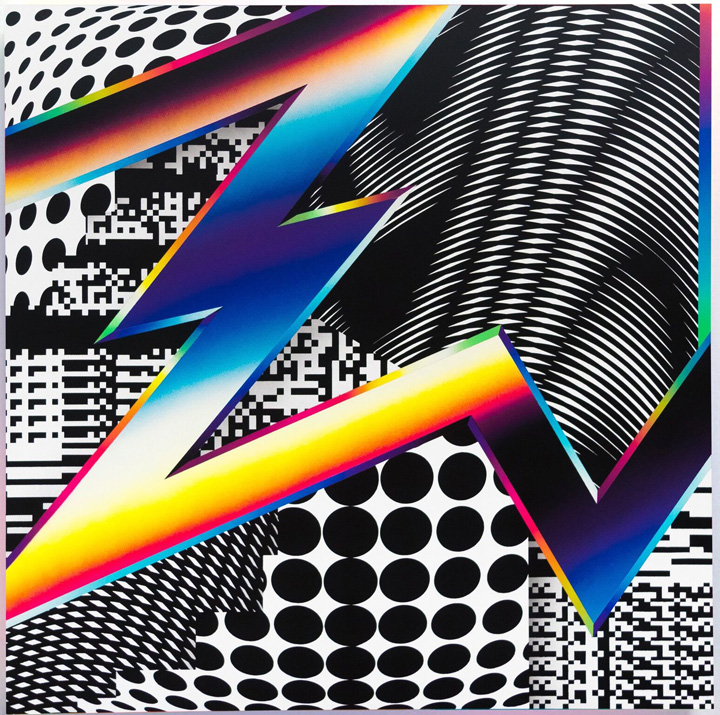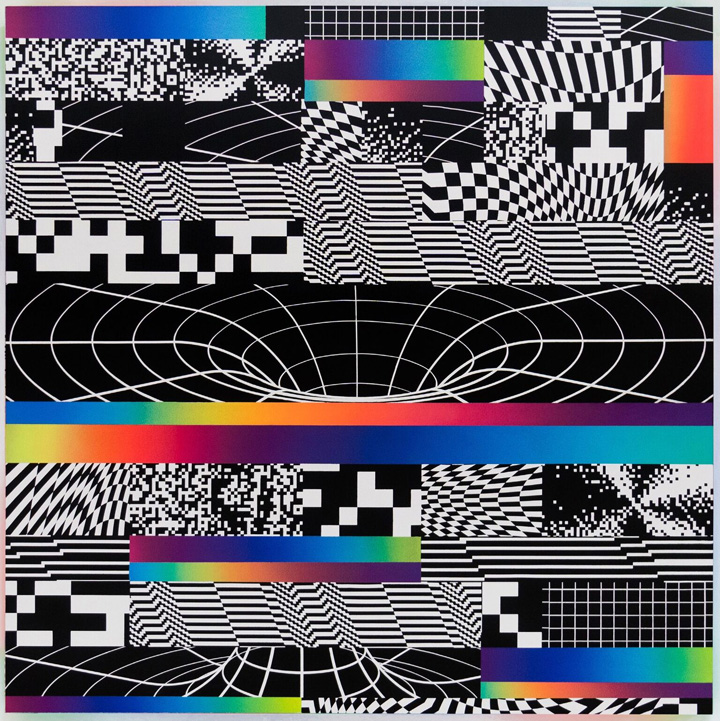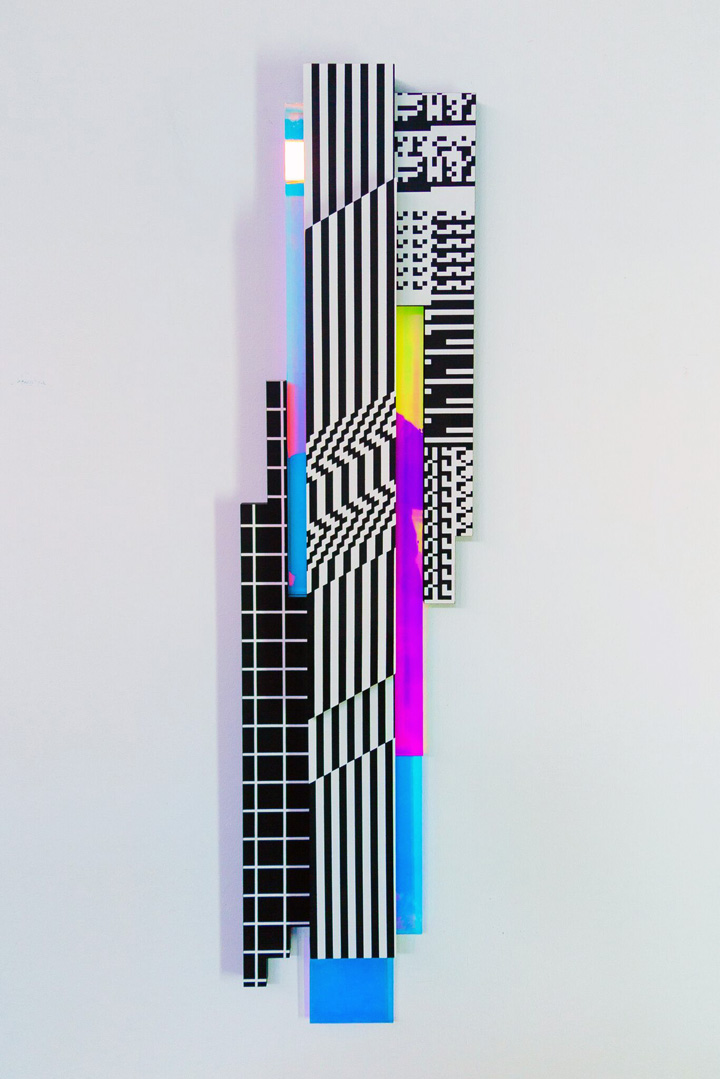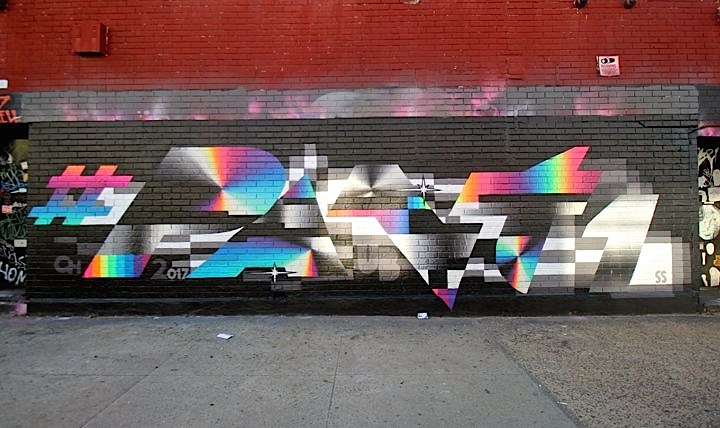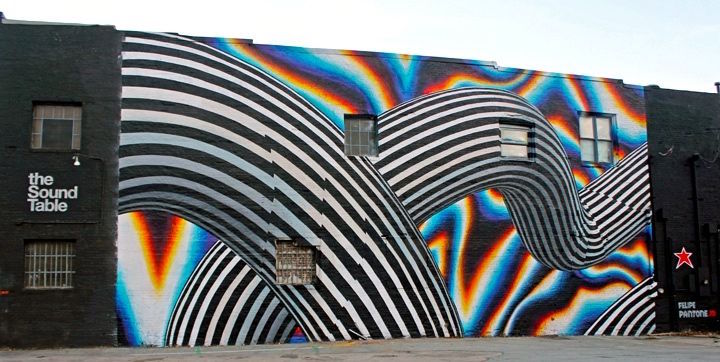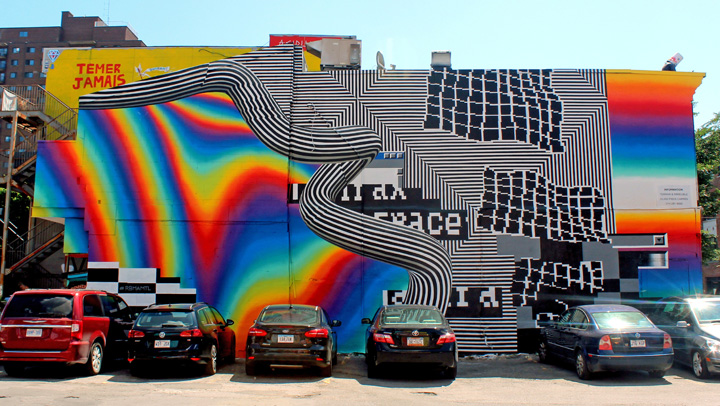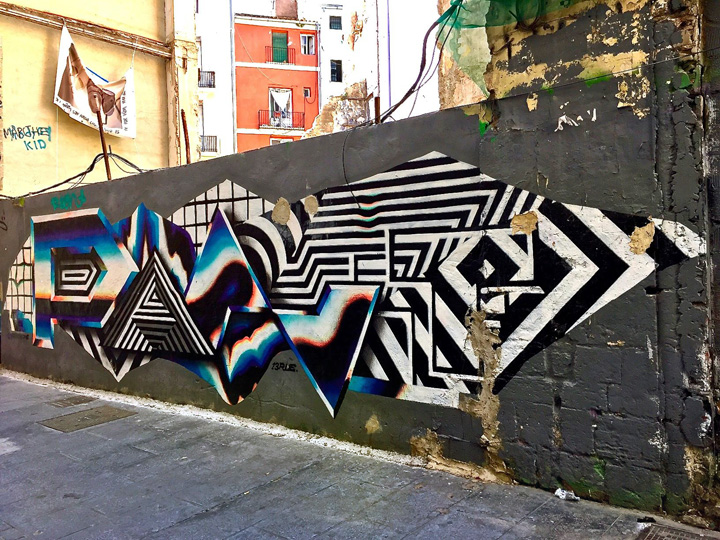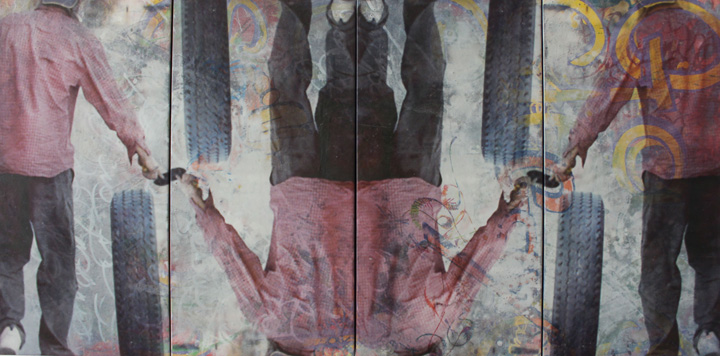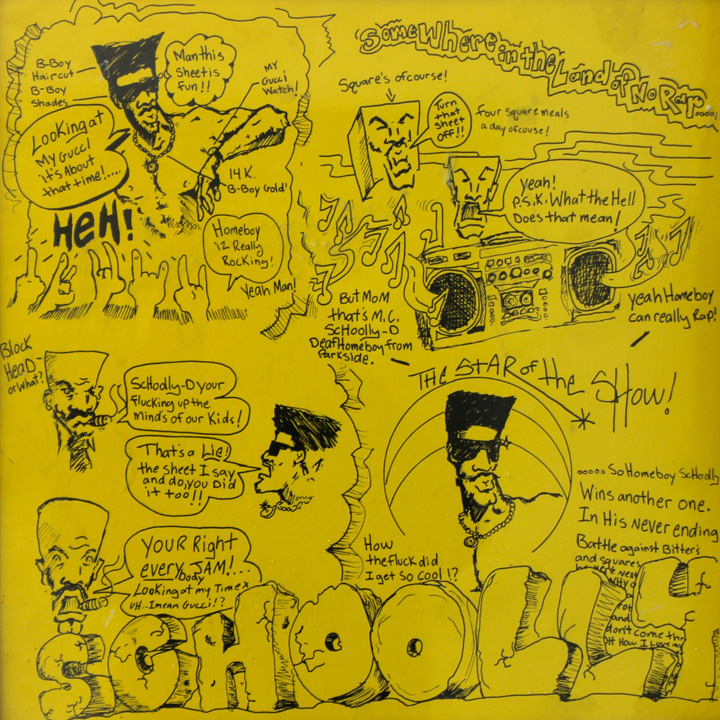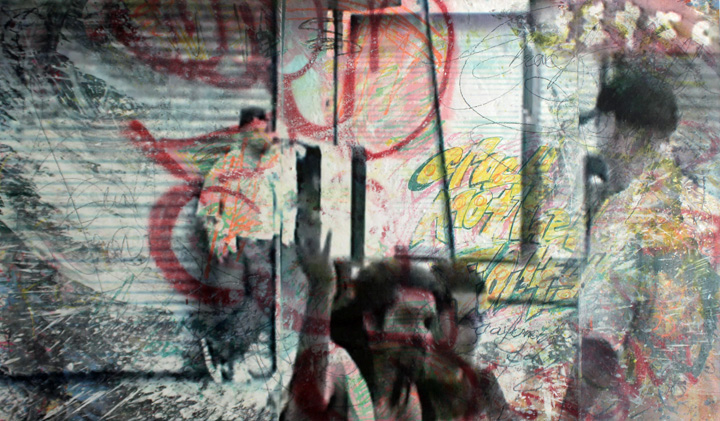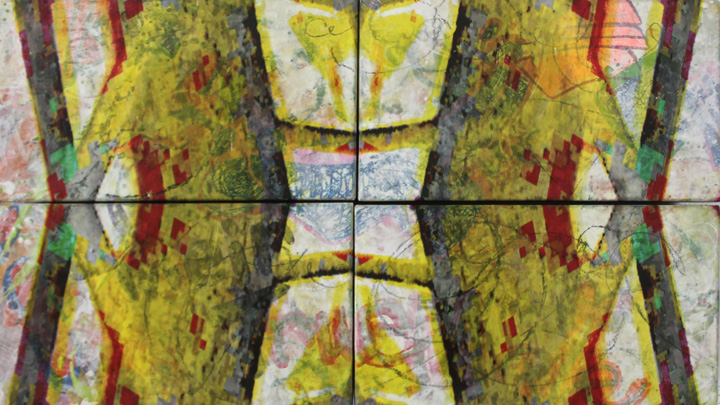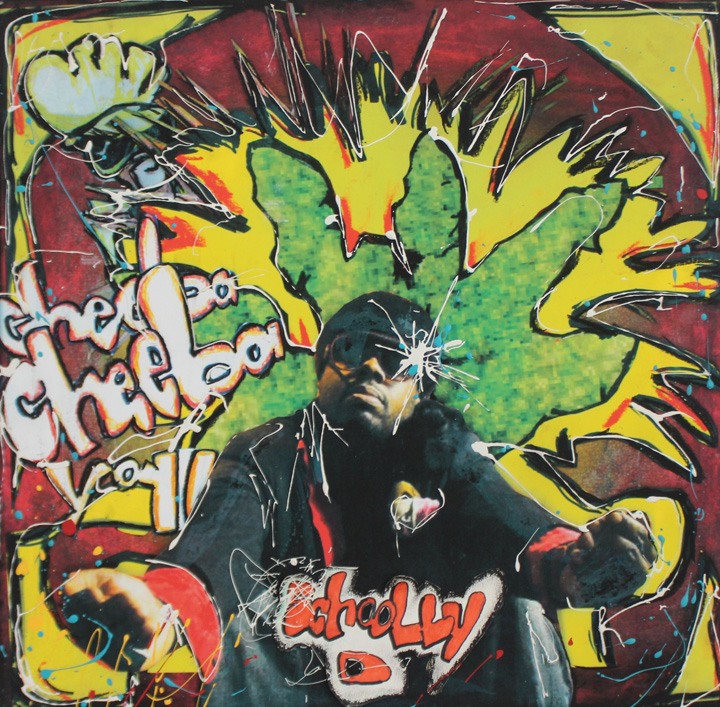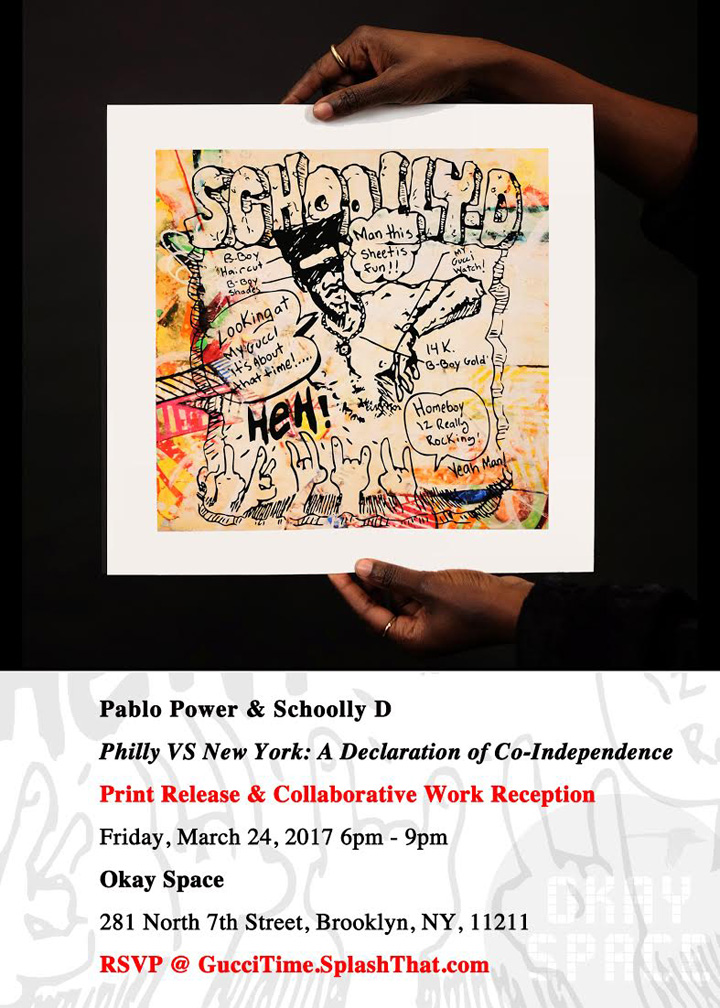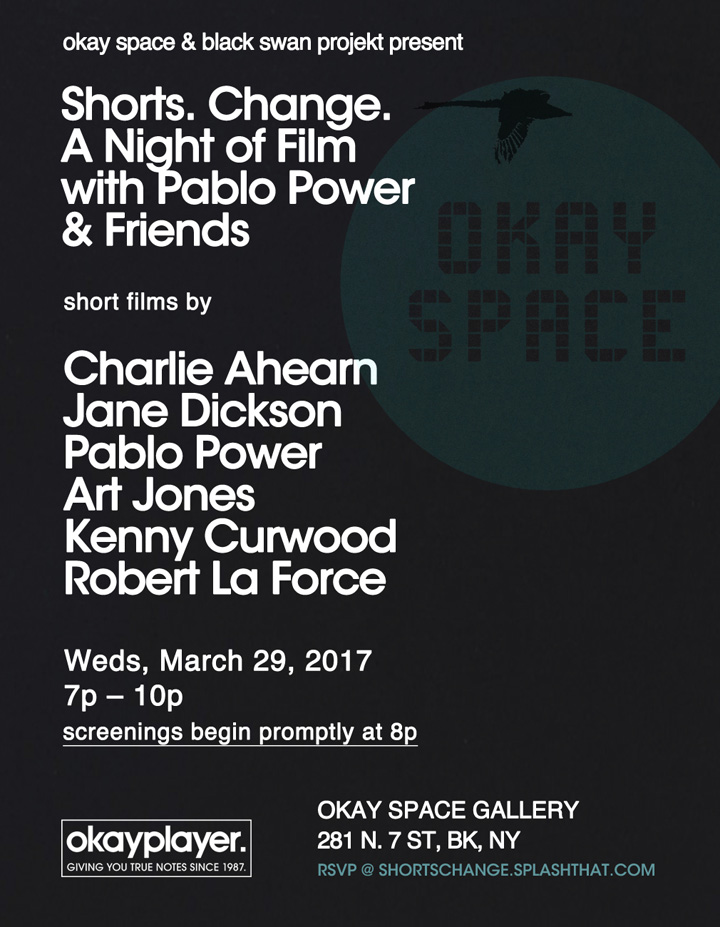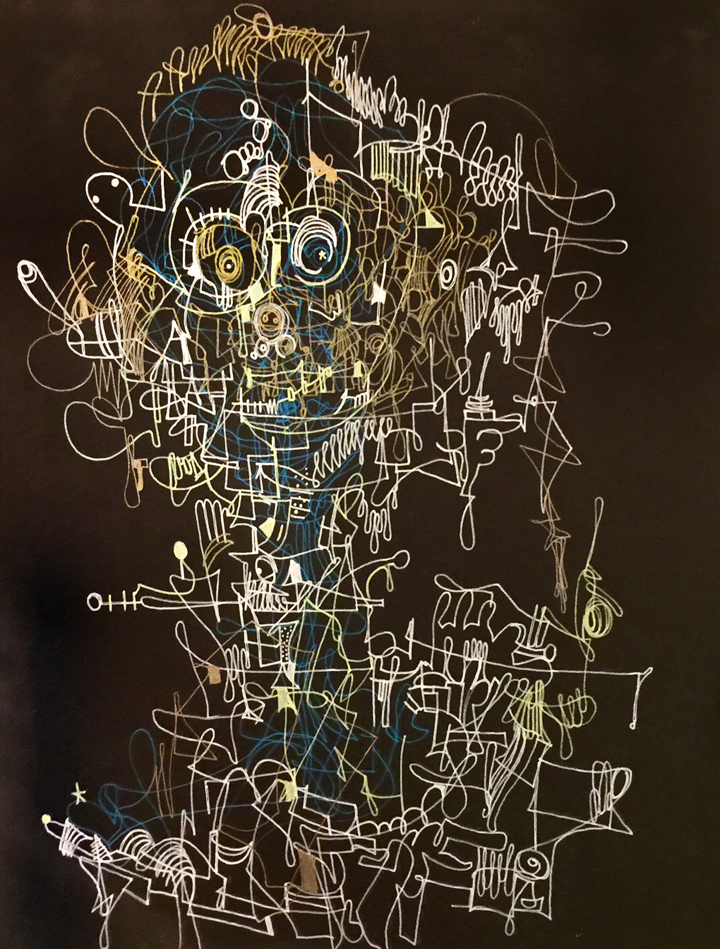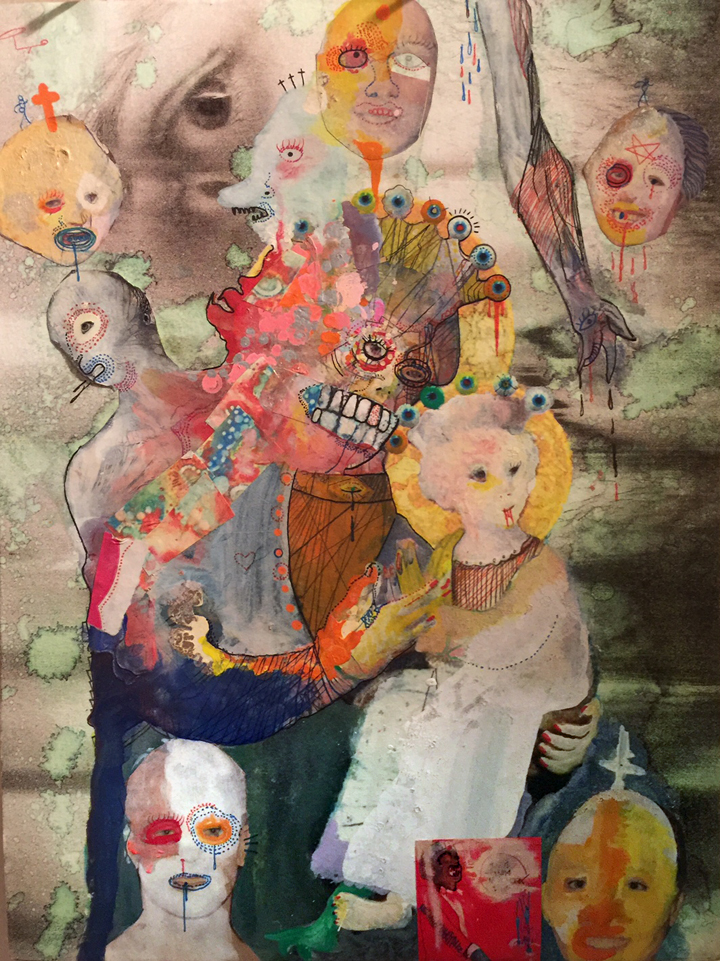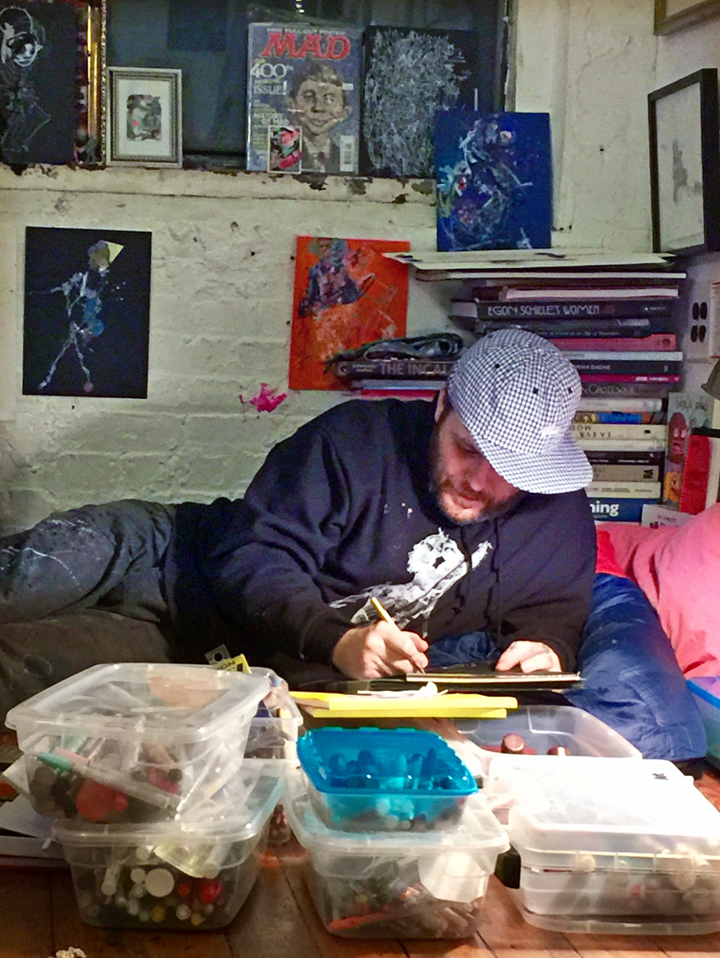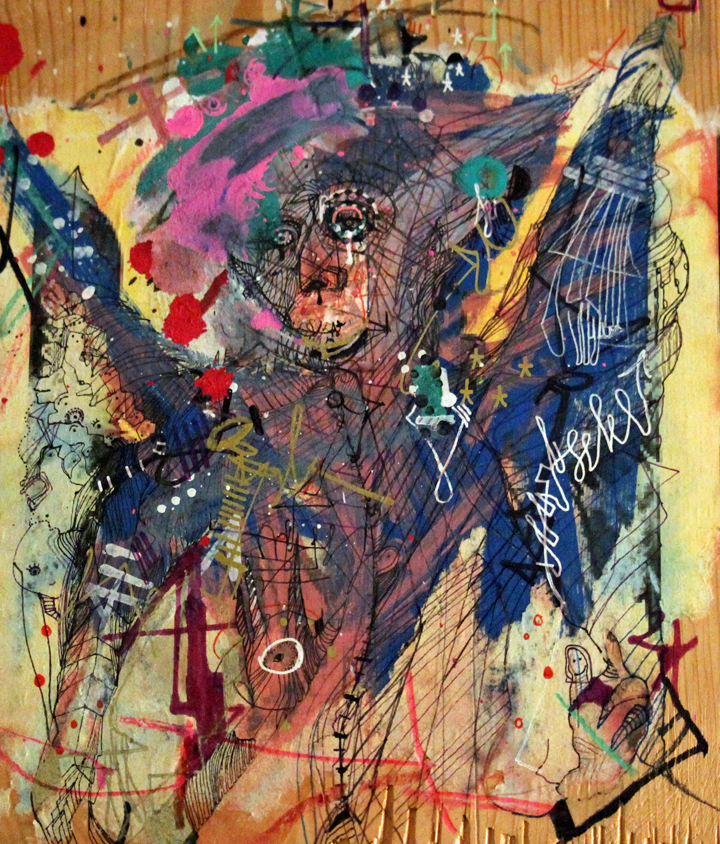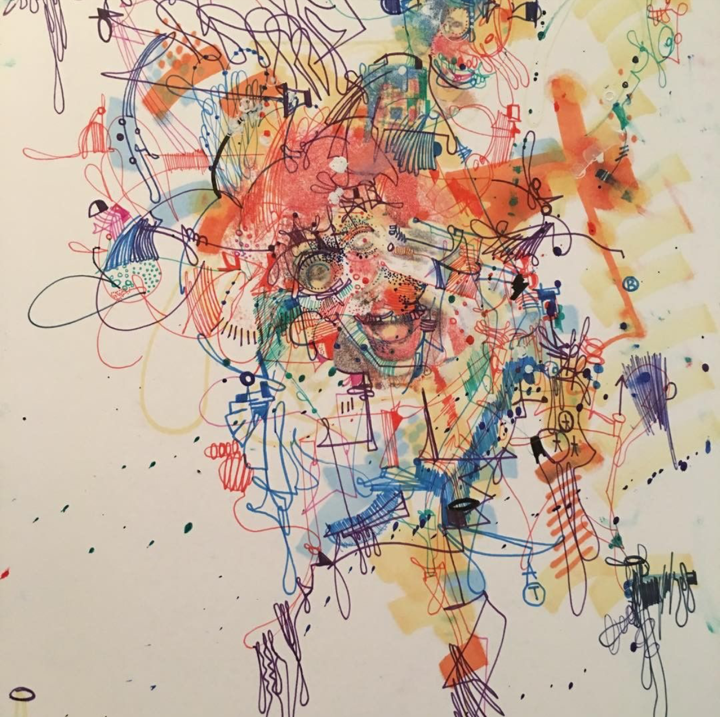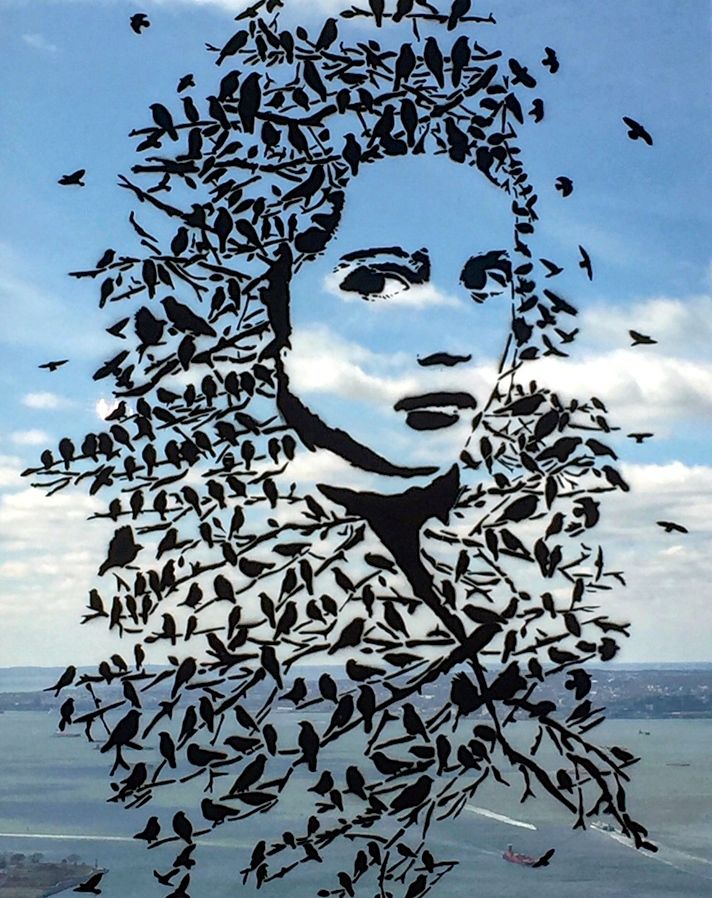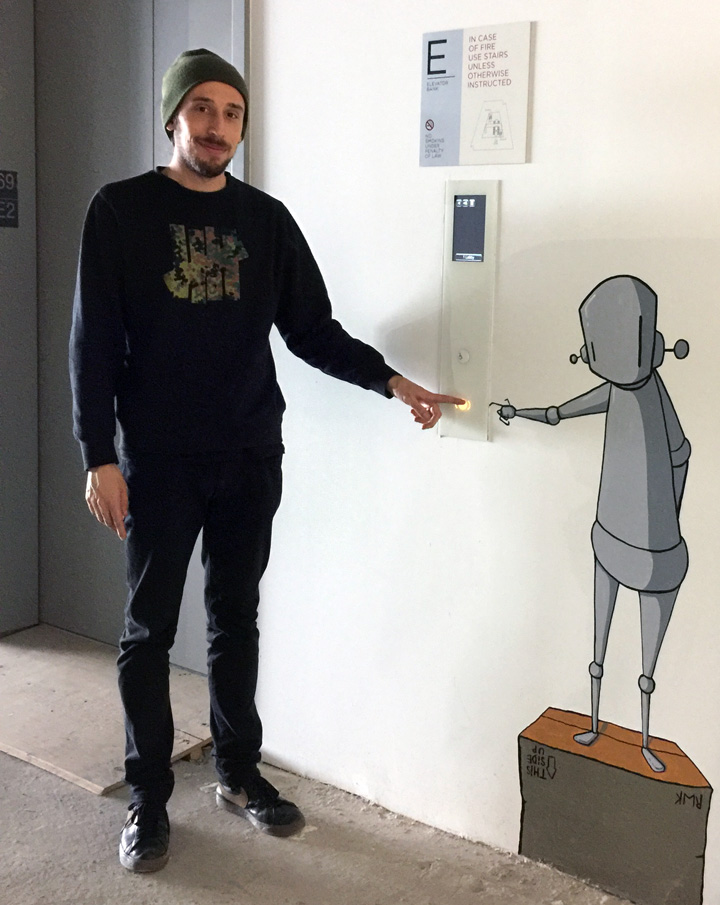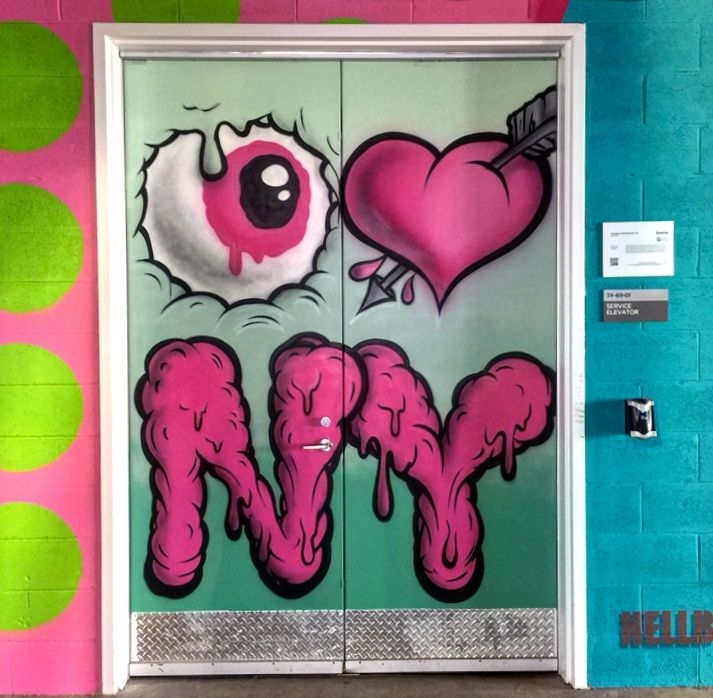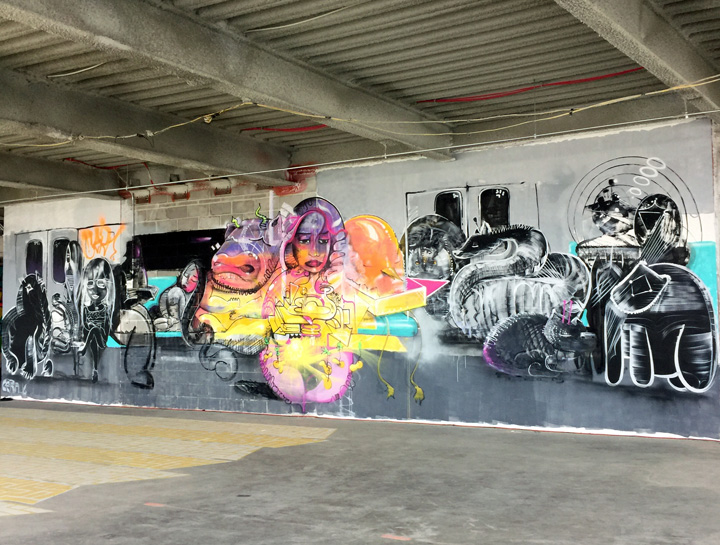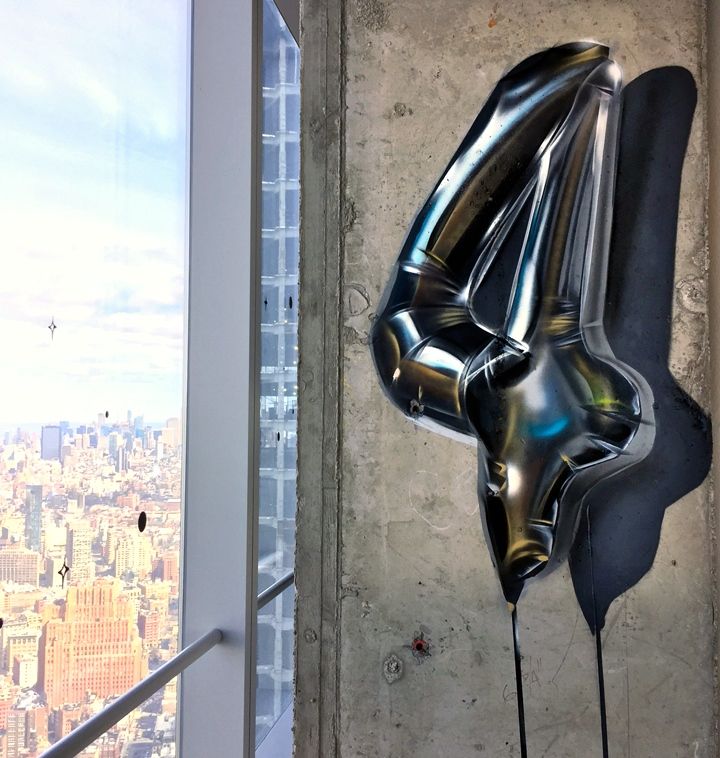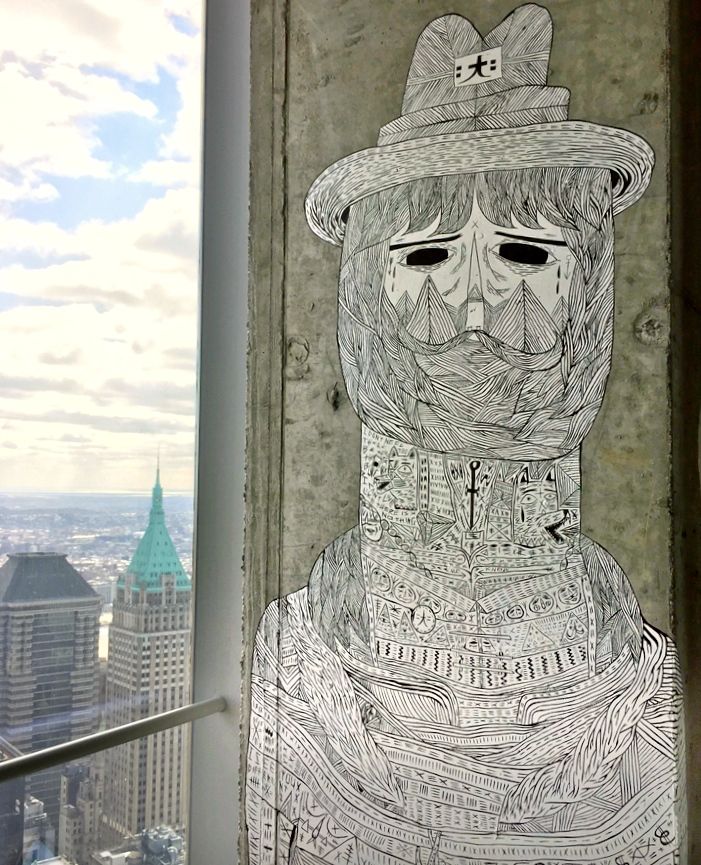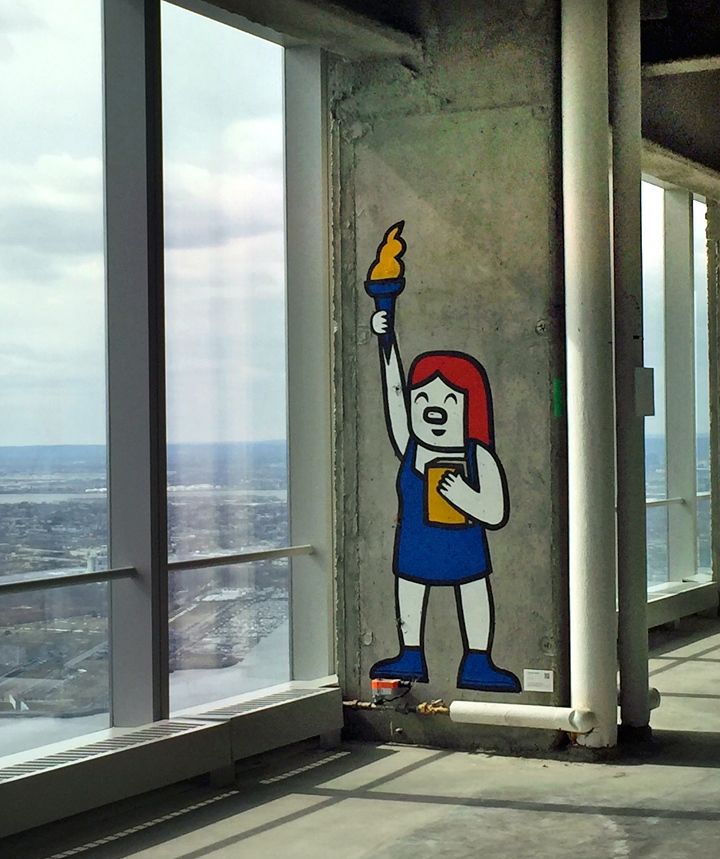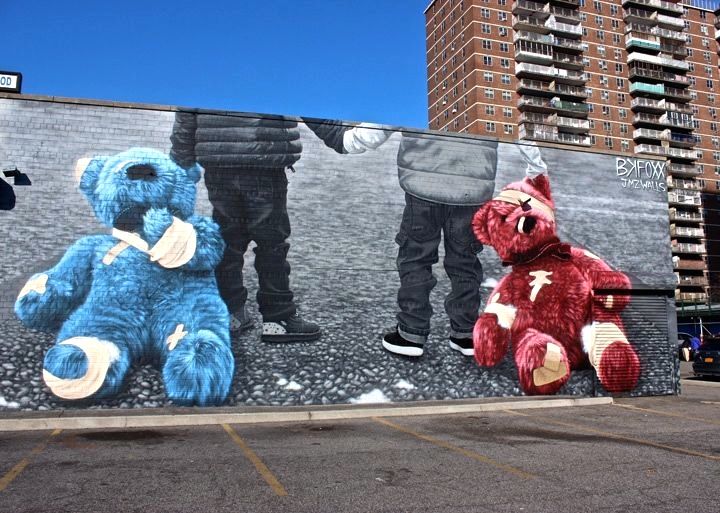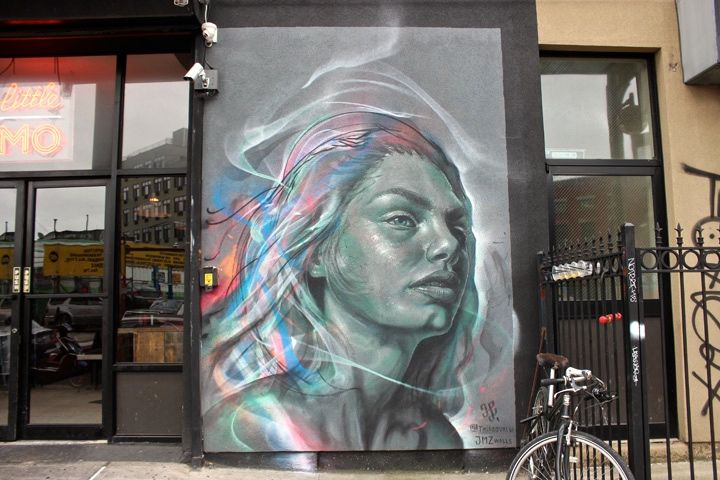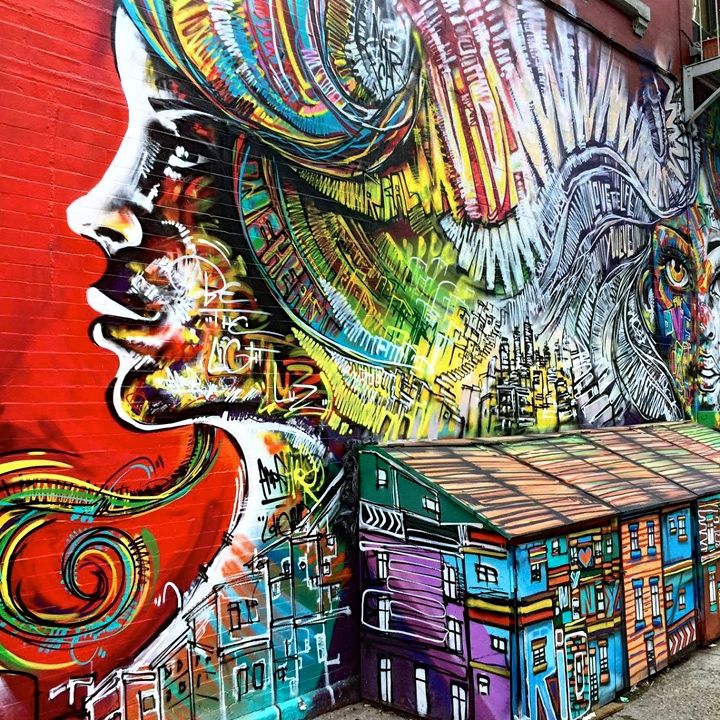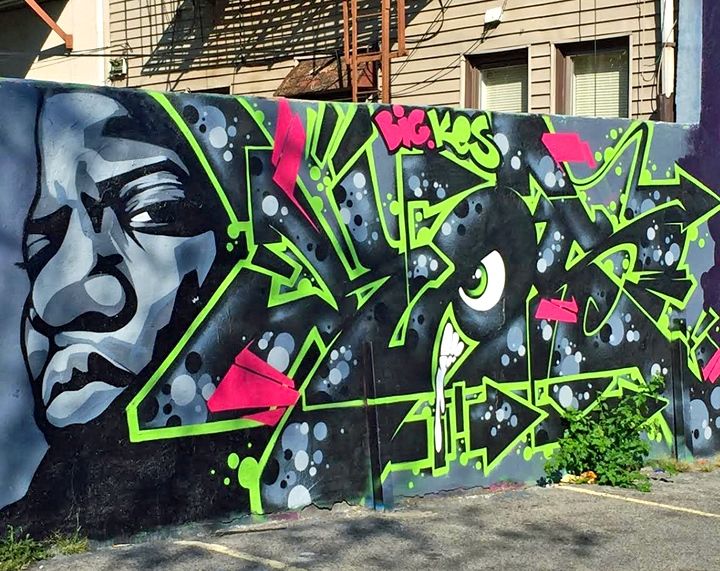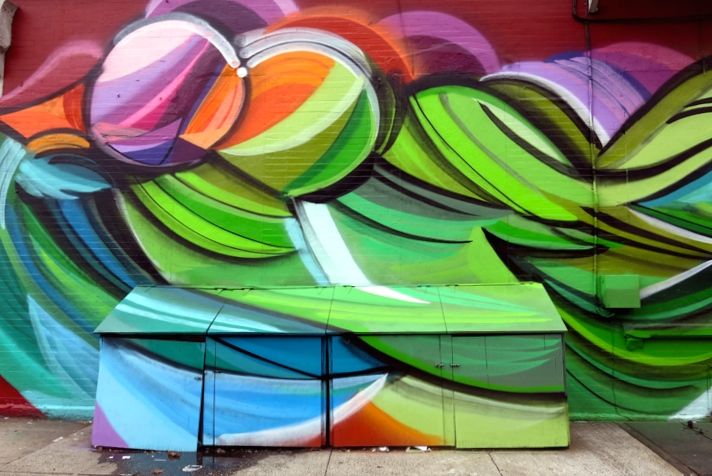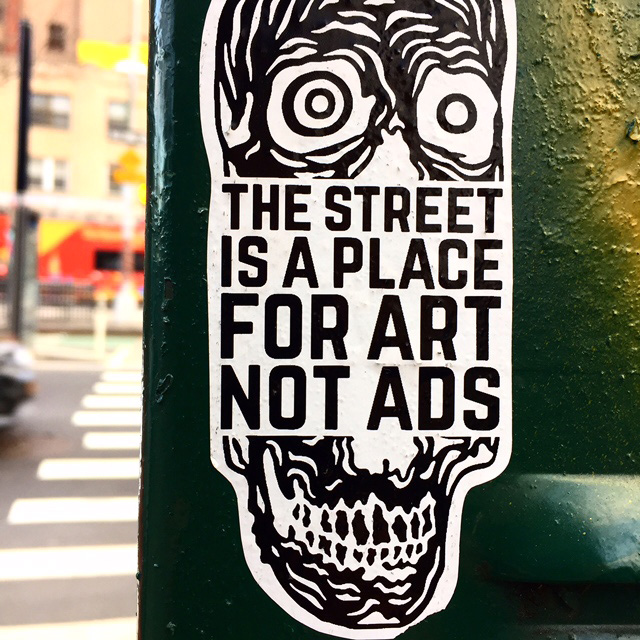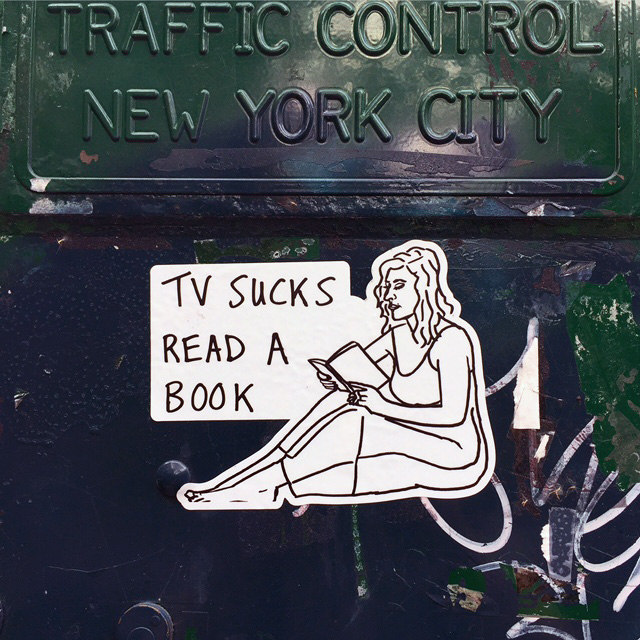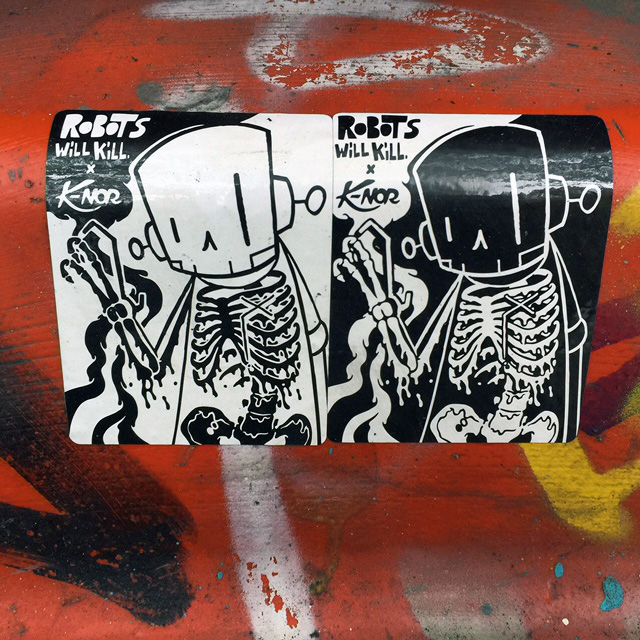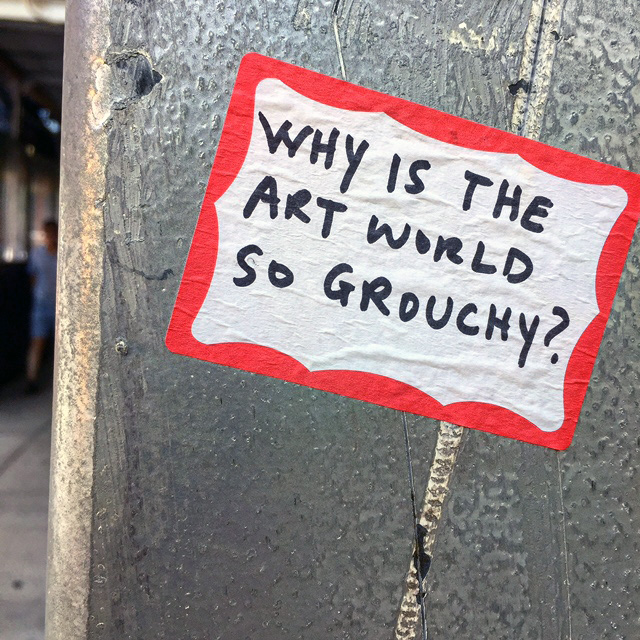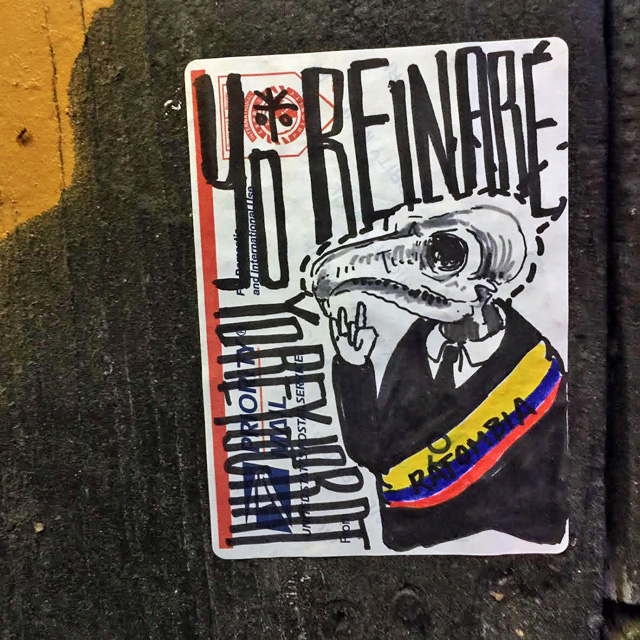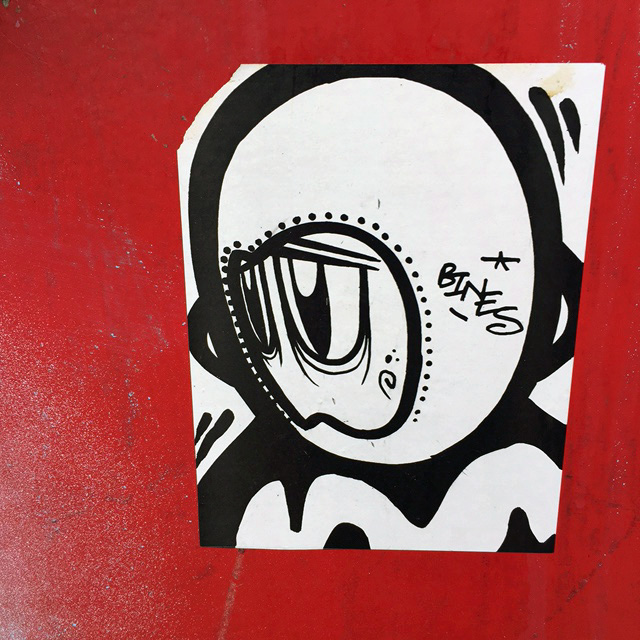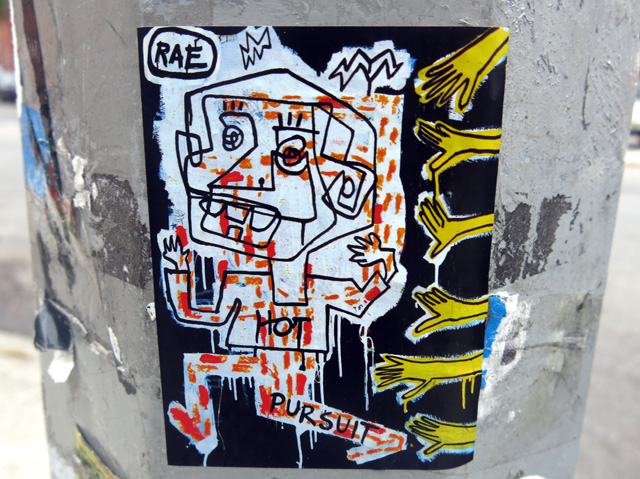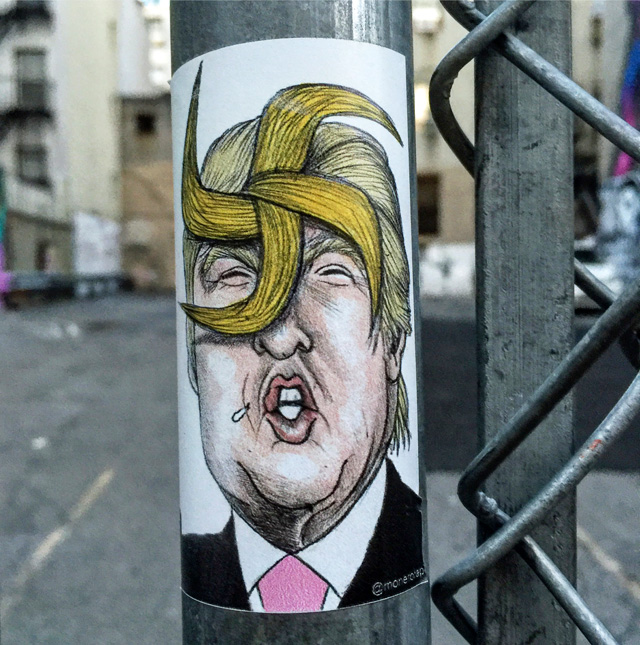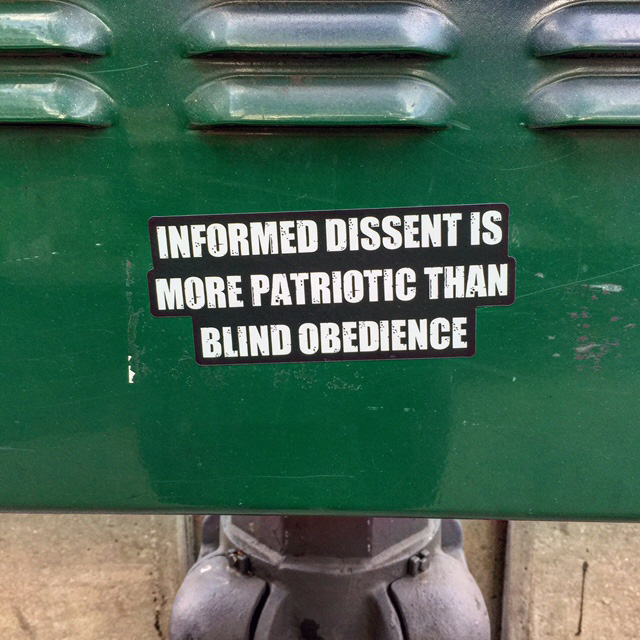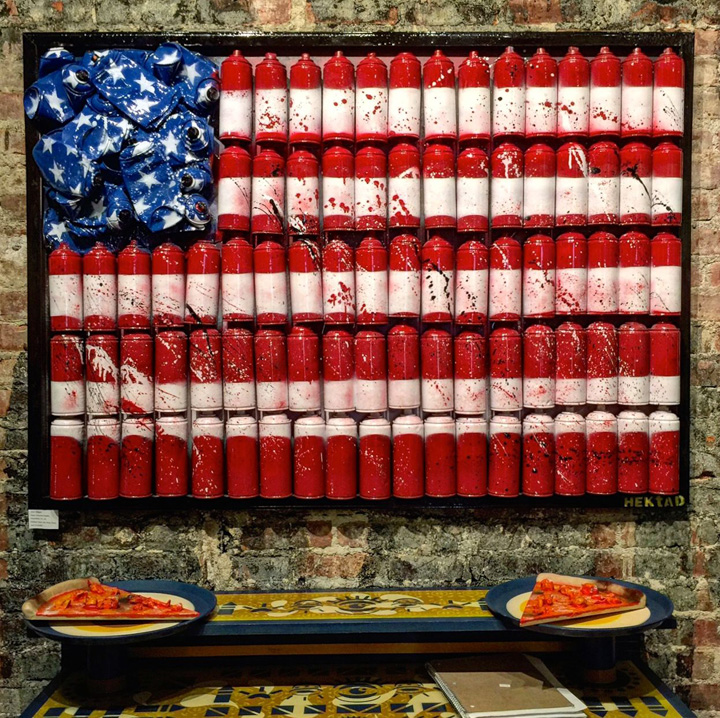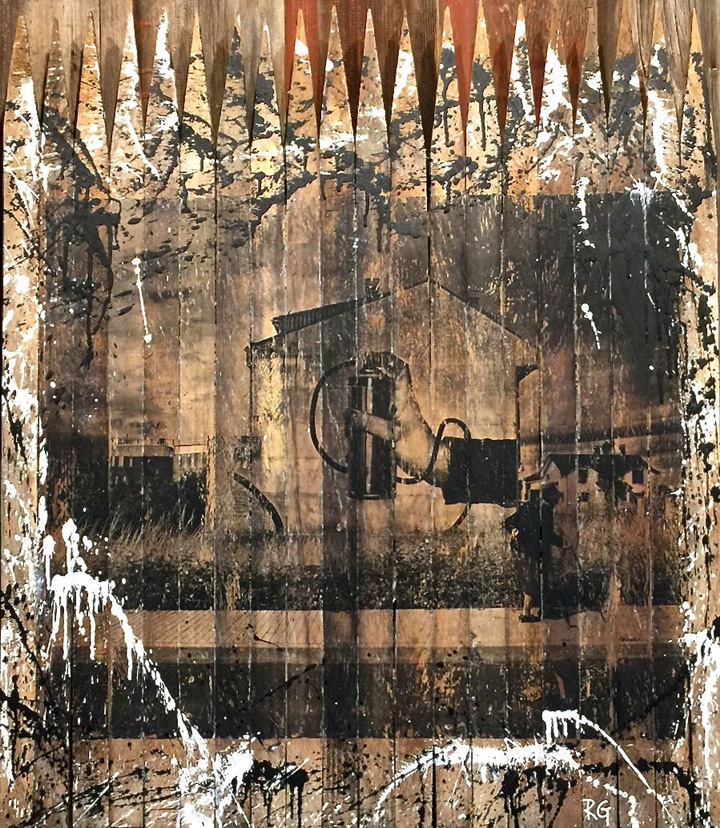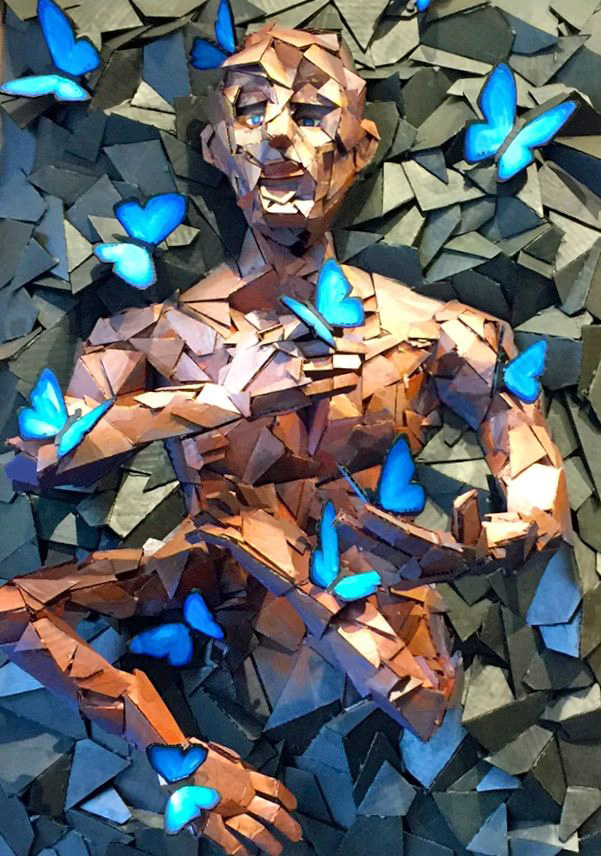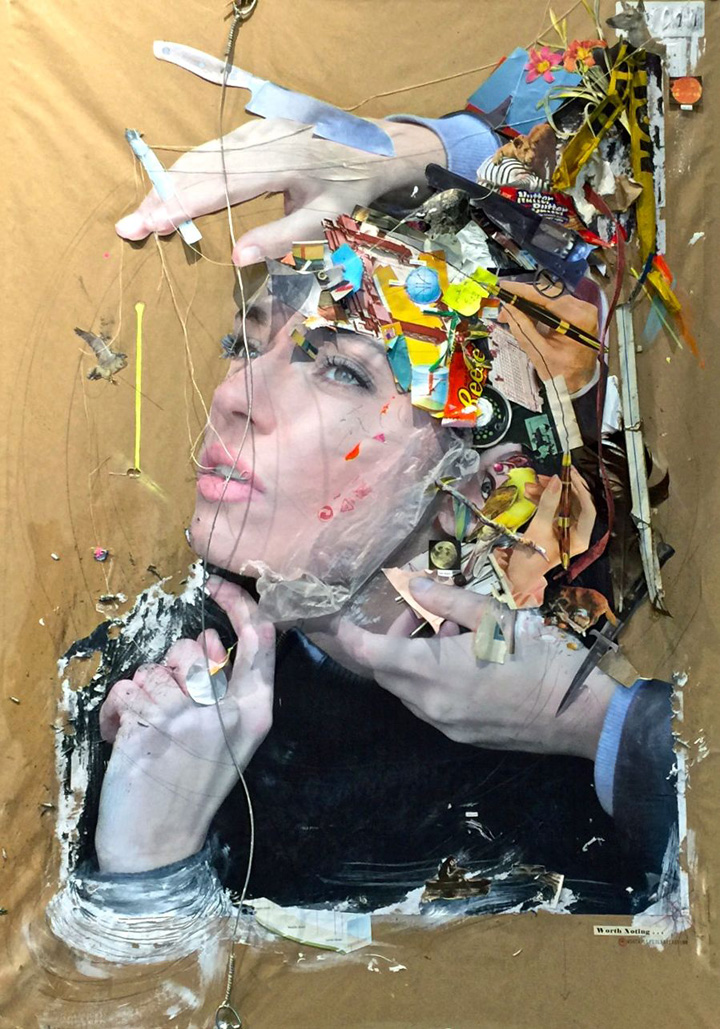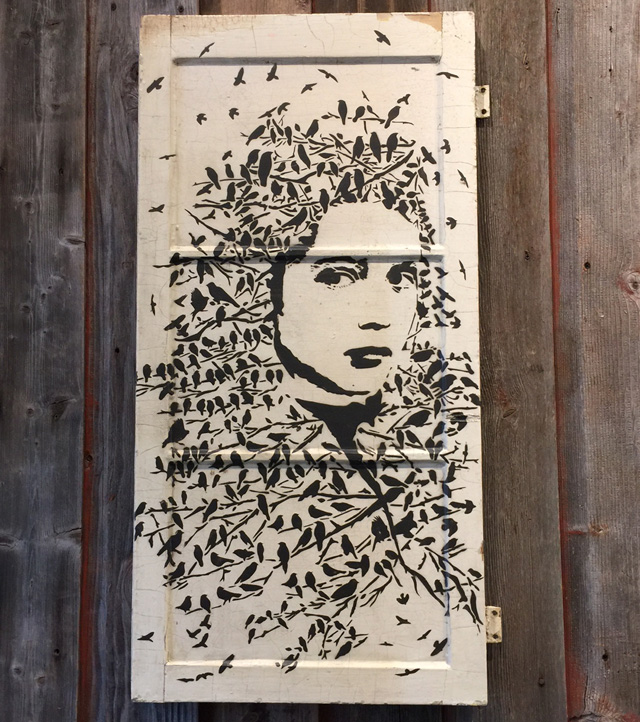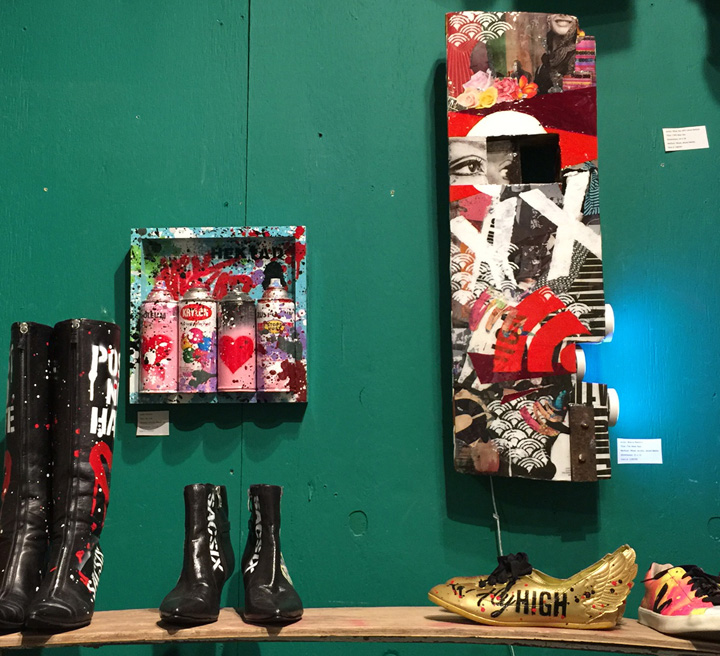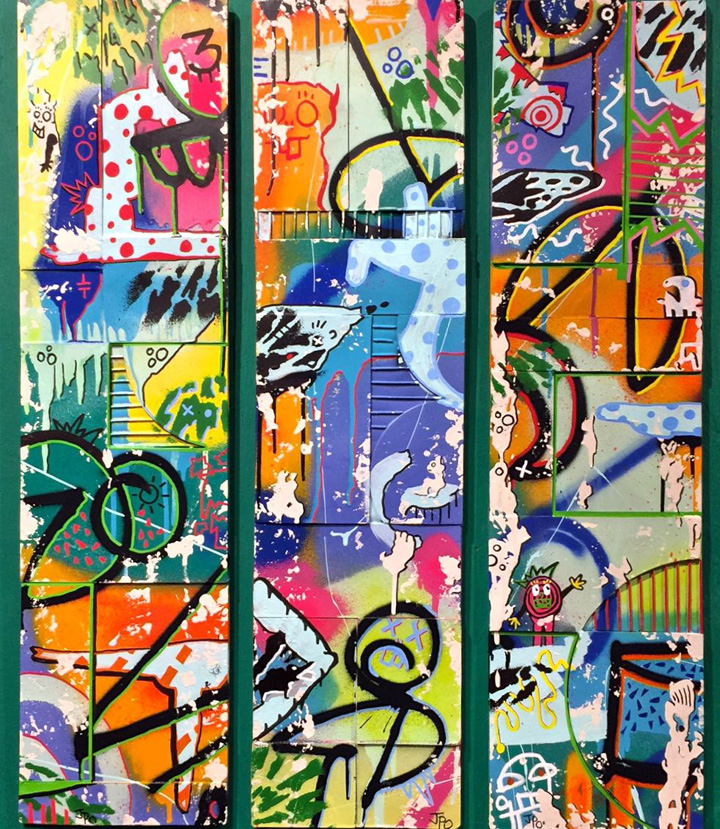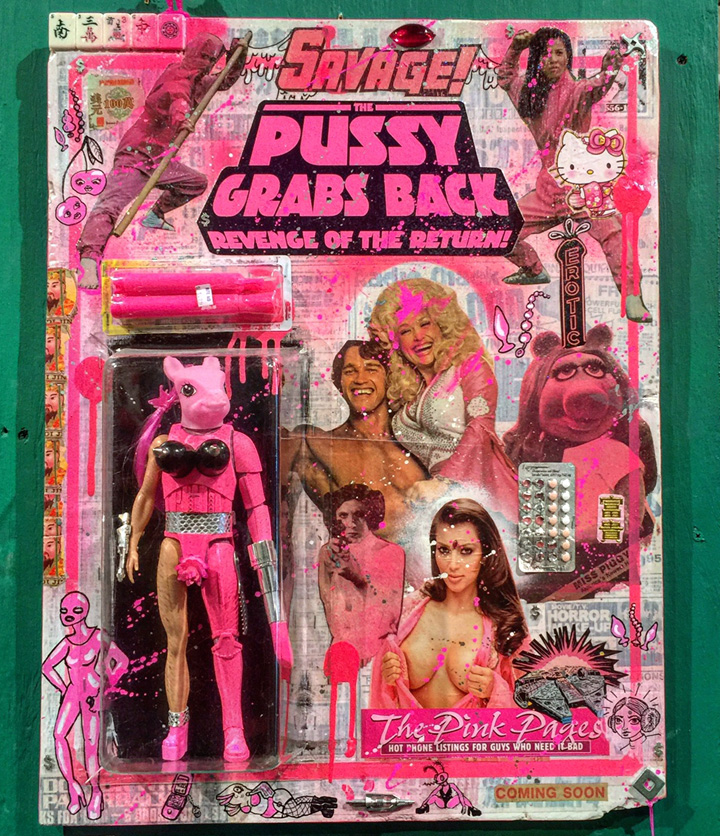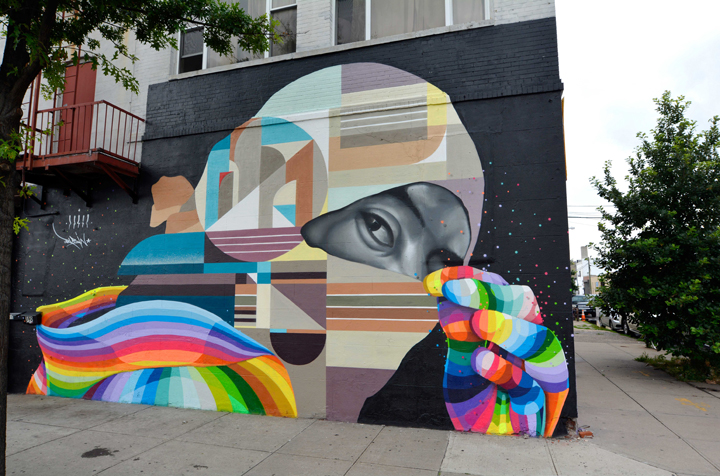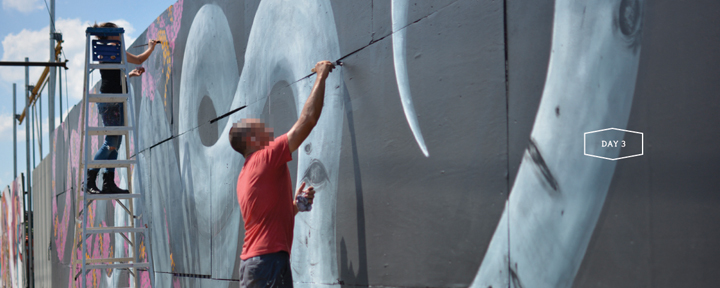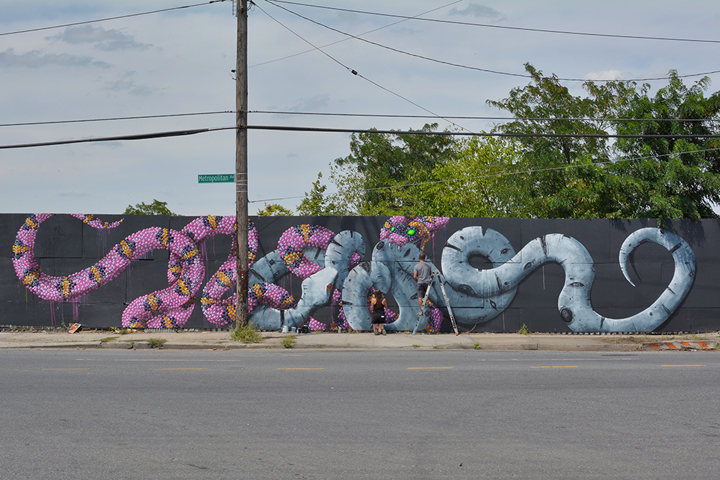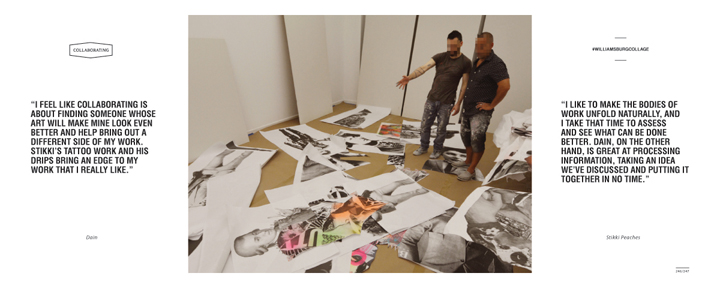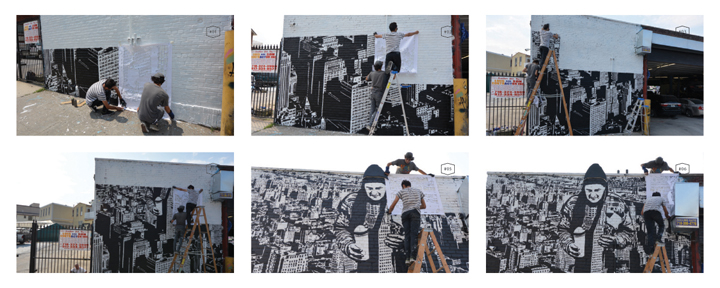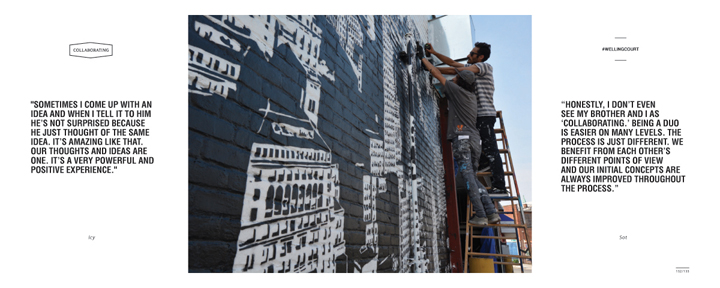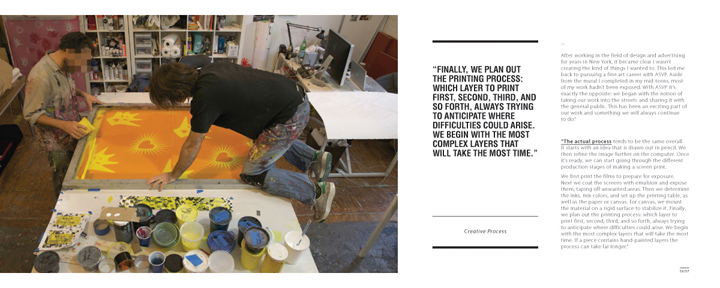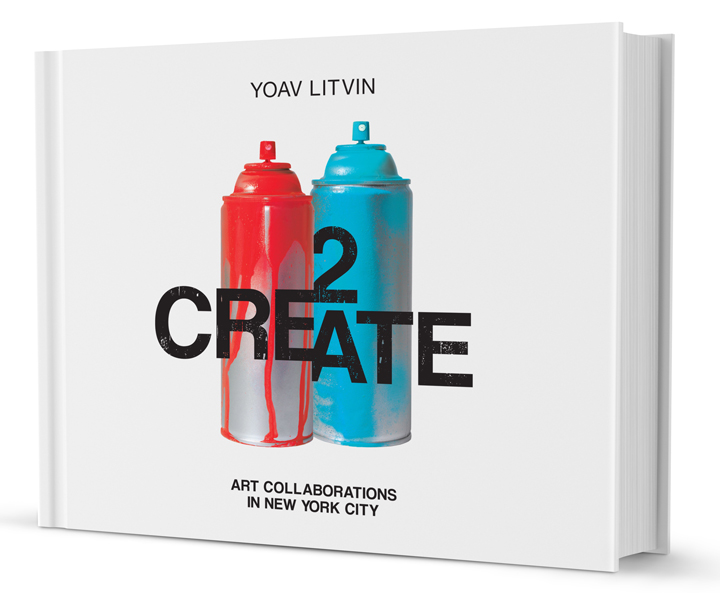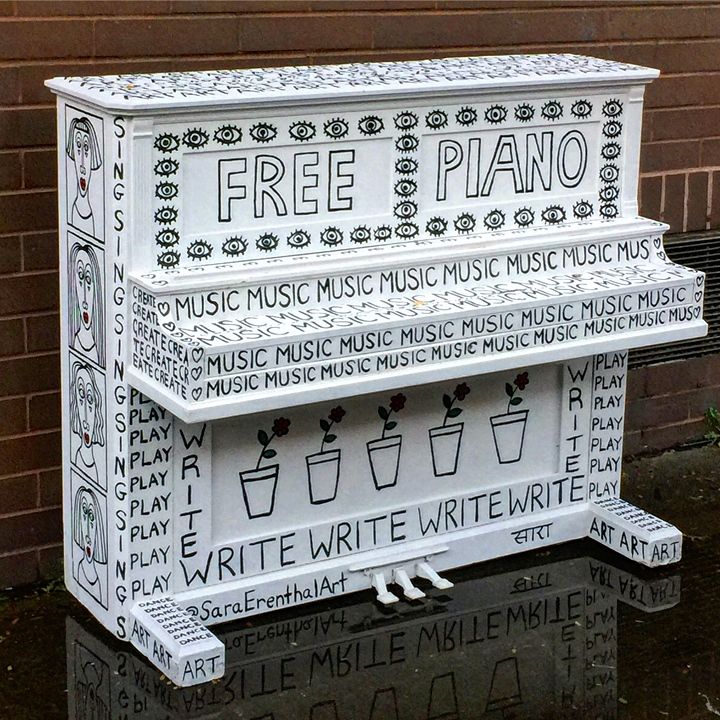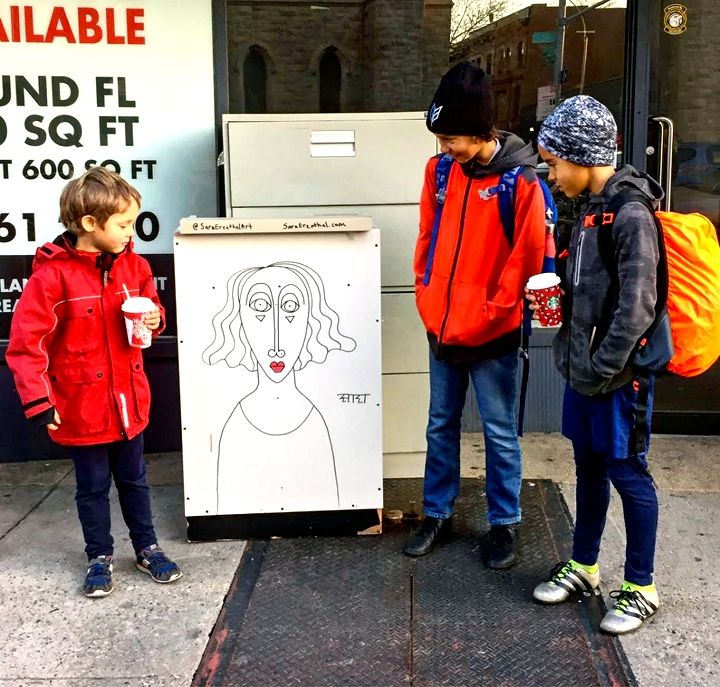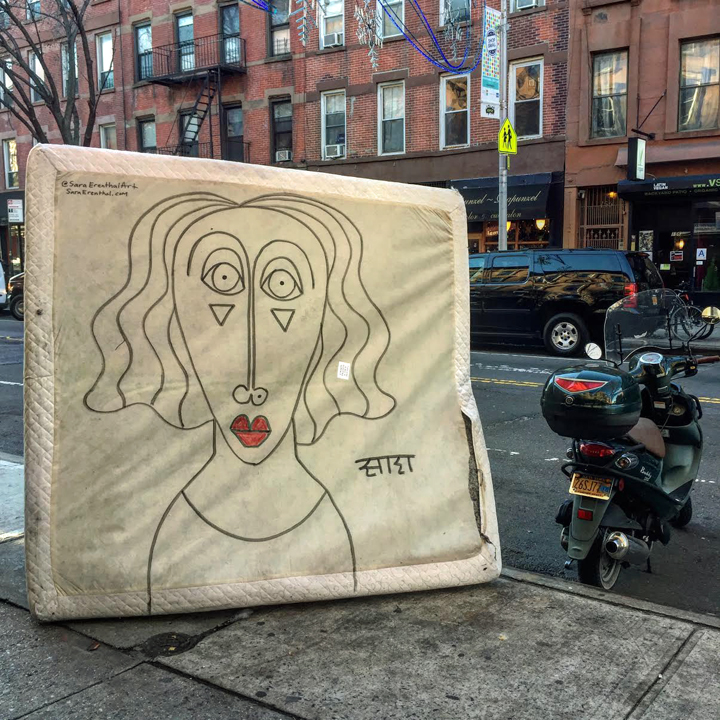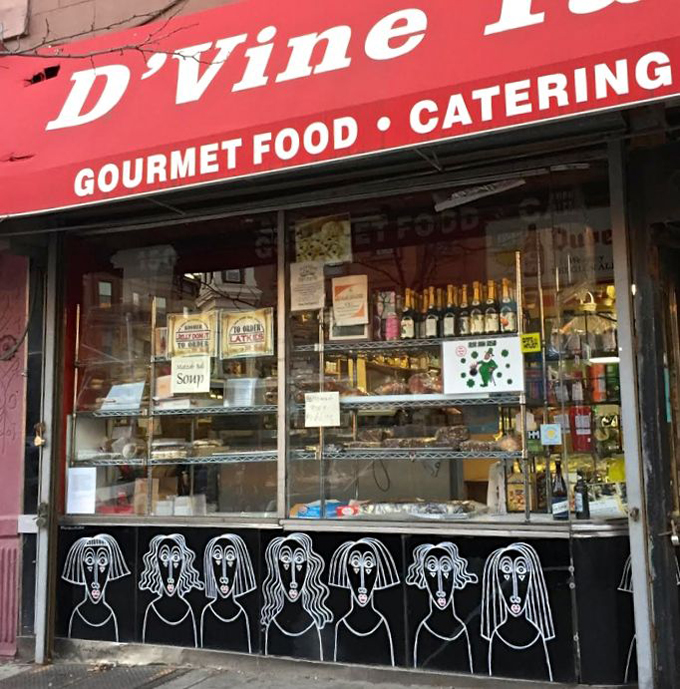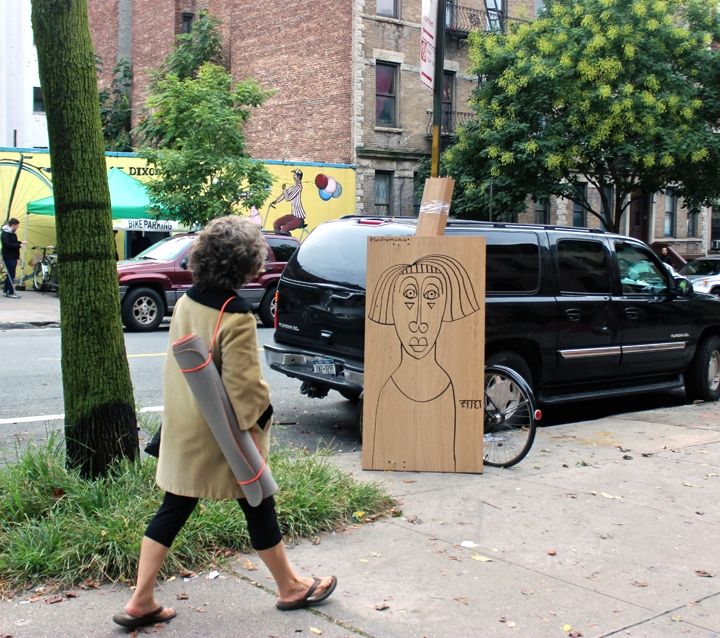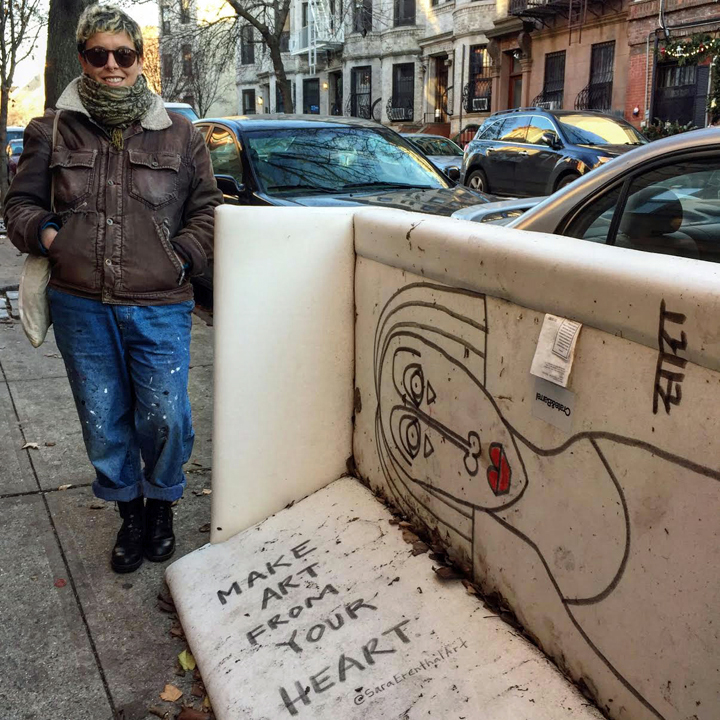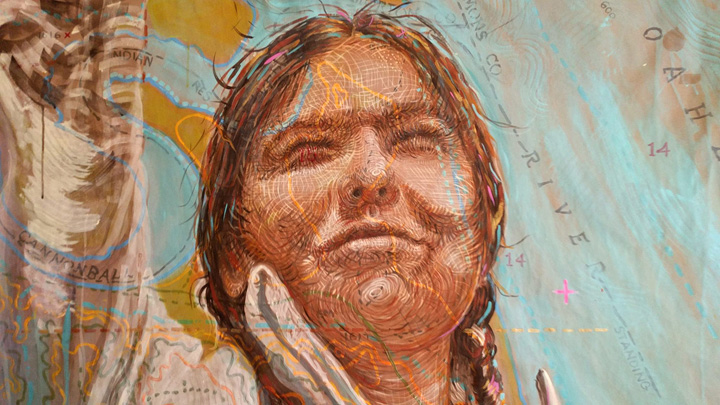
With her passion for justice and her elegant aesthetic, Brooklyn-based Lmnopi has been enhancing public spaces in NYC and beyond while raising our consciousness. I recently had the opportunity to visit her studio and speak to her:
When and where did your artwork first surface here on NYC walls?
I pasted up the first time in 2008, in Williamsburg, a stencil of my cat, Joe. I think it was on North 9th Street.
What inspired you to do so?
The thrill of lawlessness. Freedom, beauty, passion and communication beyond gallery walls. I just felt like it.
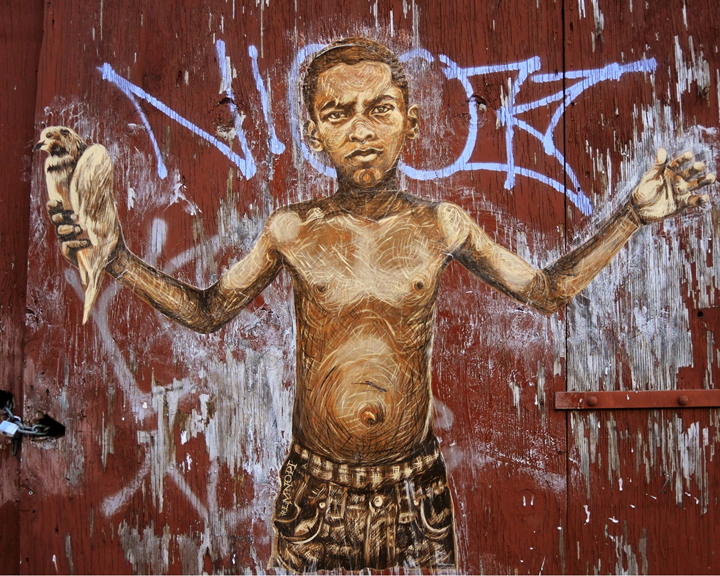
Was there anyone in particular who inspired you to hit the streets?
I remember hanging out at Ad Hoc Art on Bogart Street a bunch and meeting other artists there. Chris Stain gave me some solid advice early on about stencil painting. I used to be really into C215. I love the artist Blu. He’s probably my all time favorite, actually. It wasn’t any one person though… more the lure of freedom that inspired me.
You’ve gotten up and painted in legal spots – such as Welling Court Mural Project and Arts Org in Queens. Yet much of what you do is unsanctioned. Have you any preference?
I prefer pasting up without permission. I have favorite places that I revisit now and again. It takes me awhile to pick my spots; I watch them for a little while first. Placement becomes more important when your paste-up is the only one in existence at a particular site. I also love the aesthetic of decay as erosion happens. Right now there is a piece of mine on Jefferson — that has been there for so many years — all that is left are her eyes and her mouth. It’s uncanny how that happens. It makes me pause and wonder: Why did her eyes and mouth stay the longest? What’s that about?
Have you any preferred surfaces?
My favorite is plywood. My least favorite is brick. I love pasting on glass, especially new condo windows.
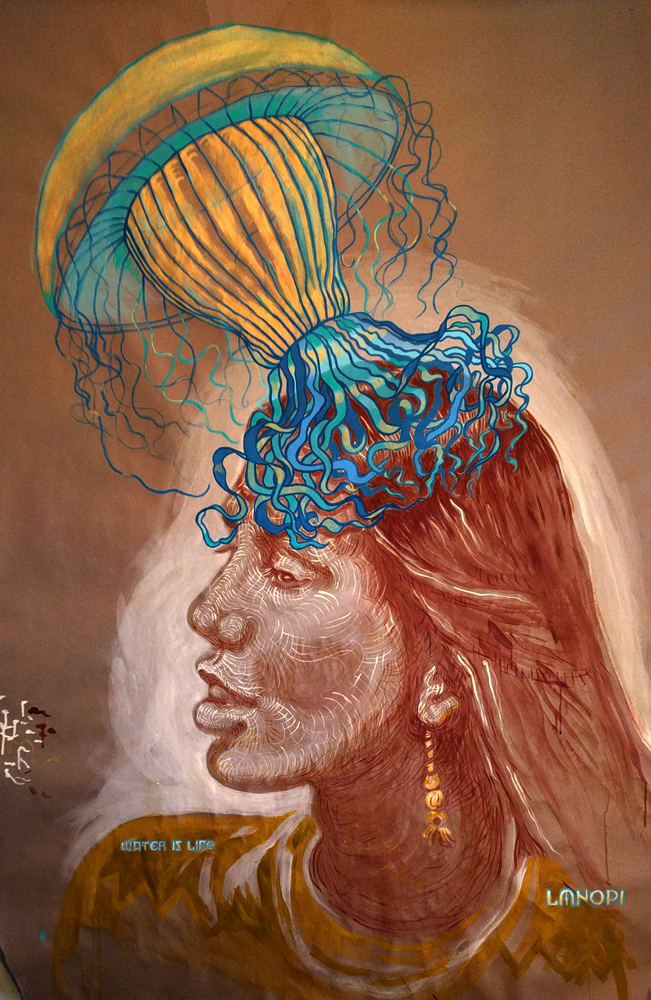
How do you feel about the increasing tie-in between street art and gentrification? The role of street art in gentrification?
People often blame gentrification on artists — instead of the underlying cause which is capitalism. Street artists are often used as tools for real estate CEO’s to increase their property’s value. However, it’s up to us as artists to decide if our work serves the community’s interest or the profit motive. I try to approach my work with the community in mind. When painting a mural on someone’s block, I take into consideration who lives there and how can I reflect their reality in my work. As great as it is to see tons of murals on walls, it turns people’s neighborhoods into destinations for outsiders to spend money in businesses that are run by non-local owners, so the financial benefit is not kept within the community, at all. The neighborhood becomes hollowed out; a place where people who grew up feel they no longer belong or can afford to live. The money spent there leaves the neighborhood when bodegas are run out by bourgie delis and trendy cafes and bars. When rich developers from other countries altogether come in and tear down perfectly good buildings and build hideous condos, it rips a hole in a community. It changes the landscape, removes the character and homogenizes the place. Gentrification is essentially urban colonialism. Creating community run-organizations which provide gathering spaces not centered around commerce and profit, but instead around: discussion; education; making art, growing food; organizing and sharing resources, is an effective way to combat gentrification.
Yes! And in the current political climate — more necessary than ever. I’ve also seen your work in gallery settings. How do you feel about bringing street art into galleries?
I enjoy group shows and getting out and being with the community of other street artists. I like to make miniatures of my murals for folks who want to bring them home and live with them. I struggle with the dissonance between anti-capitalism and the need to survive in a capitalist society. But it’s a great feeling to sell work.
Do you prefer working alone or collaborating with others?
I generally prefer working alone. but in the context of a larger community working towards change, I prefer being part of that wave.
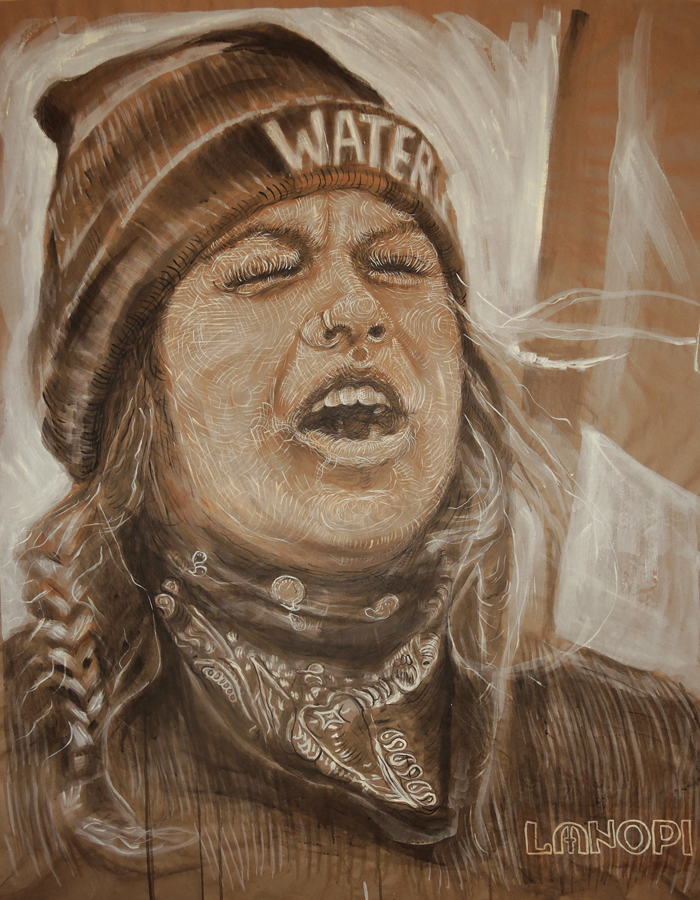
Are there any other artists with whom you’d like to collaborate?
I look for certain people when I am out scouting locations, locally. It’s like having a delayed visual conversation on the street with other wheat paste artists like Myth NY, City Kitty, El Sol 25, QRST, Sean Lugo… I also am inspired by the work the Justseeds cooperative is doing. Art and propaganda are like cinnamon and sugar on toast. So delicious. I’d like to collaborate with Chip Thomas from the Painted Desert Project. I also hope to do some painting in Indian country soon. I want to collaborate with people who are also committed to environmental justice.
Are you generally satisfied with your finished piece?
Yes. I feel like they come alive.
What percentage of your time is devoted to art?
Most of it when I am not sleeping or gardening or exploring.
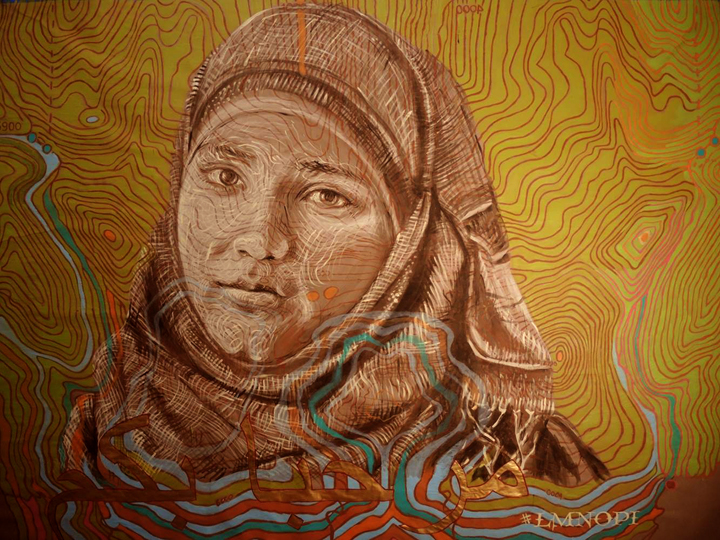
Have you a formal art education?
Yes. I studied painting and printmaking at SUNY Purchase where I got my BFA. But most of what I am doing now is all self-taught.
What is your ideal working environment?
I’d love to have a studio in a straw bale house on land by a river with enough open area to grow food and enough forested area to forage wild mushrooms. I have a tiny studio which works all right for the time being, though, with my rooftop garden here in Brooklyn.
How do you feel about the role of the Internet in all this?
The Internet never forgets…which can be good or bad depending on what is out there to not be forgotten. For my kind of work, which is ephemeral by nature, it’s great. I love instagram because I get to see fellow artists’ work from all over the world. There is little static; it’s all visual. But as someone who was an adult before the phenomenon of the Internet existed, there was something really profound about seeing work in person that seems a bit lost now because everything is so accessible. People don’t have to travel to see anything; they just click around. Maybe that promotes a devaluation of work. I make a lot of work, but I don’t put a lot up. I think less is more…kind of a homeopathic approach.
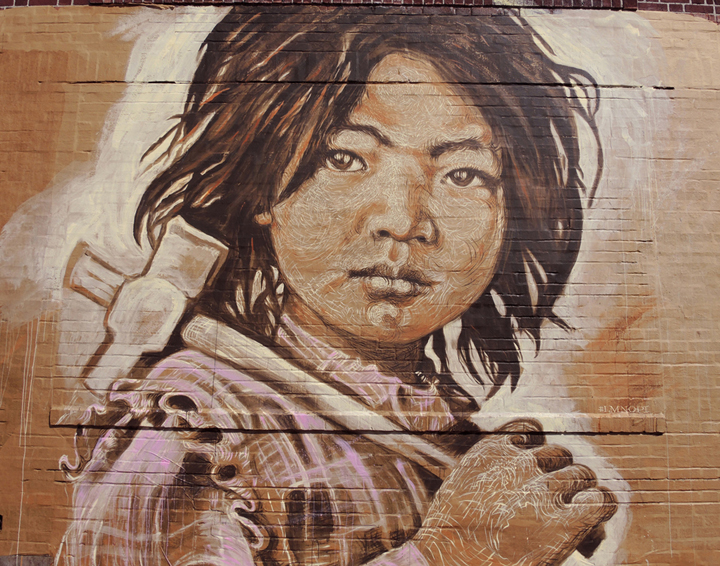
Did any particular cultures influence you?
Ancient wall art. Petroglyphs. The earliest known graffiti art. I’ve seen them in person and it’s a mystical experience being in the presence of art that old.
How has your art evolved in the past few years?
From paint brush to x-acto knife back to paint brush. I went from painting with oils – high brow – to materials I could buy in a hardware store. The transition from oil painting was through stencils and spray paint. But I got really sick of using an exacto knife…too rigid. I love the paint brush. These days I like painting with house paint the most.
Do you work from a sketch or do you just let it flow?
When doing a mural, I sketch it out first; usually, I make a small painting of it prior to getting up on the wall. When I am working in my studio, I just go to it.
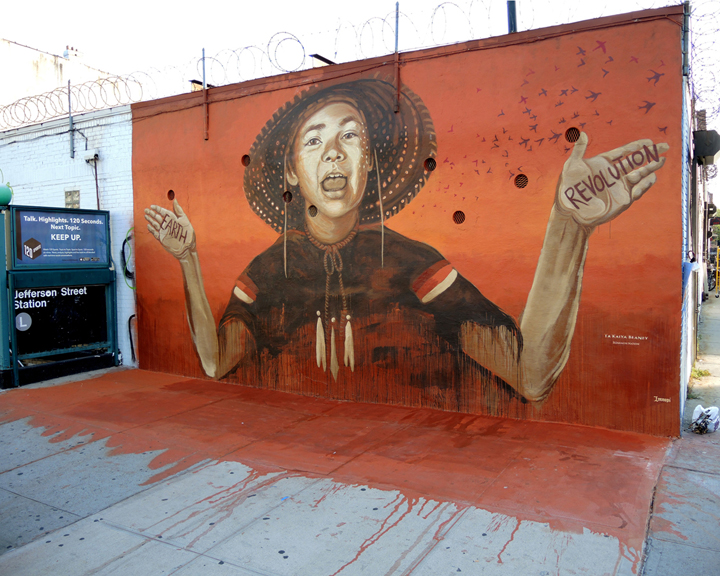
What inspires you these days – with both your street art and studio art?
Right now my heart is very much with frontline communities who are bearing the brunt of the fall out from the corporate take over of the government: climate change (aka climate chaos), the fight against the fossil fuel industrial complex, the plight of kids caught in refugee situations and the Indigenous environmental movement. I am working from these struggles — working to communicate and amplify those voices, especially those of women, elders and kids.
What’s ahead?
I’m busy making art about everything that everyone else I know is also freaking out about. I am working on staying calm and making self-care a priority so I don’t burn out. I am developing some prints from paintings and drawings, a way to duplicate my work to make it more accessible for people who might enjoy having it or wearing it. I am thinking in terms of how to translate the continuous tone of painting into printable dot and line patterns for printing. I love the aesthetic of engravingsl and I have been training myself to paint in a way that mimics it. I am weaving the concept of editions that was possible with stencils together with the language of paint strokes I have been cultivating. In my painting practice, I have been destroying the object in a sense, breaking up the portrait with under-paintings of topographical maps, macro designs from botanicals and geometric forms and bringing in the occasional surrealistic imagery..Travel and time in nature are ahead of me and more frontline stands, hopefully some hot springs, plenty of walls to paint out there and forgotten doorways to paste up in.
What do you see as the role of the artist in society?
Artists are change makers and translators; art transcends borders and language barriers. Art is a unifying force. Artists can speak truth to power. We can show that the emperor is not wearing any trousers. We have artistic license; so far we still have free speech. We lift people’s spirits and let them know they are seen. We embolden people to laugh at fear. We clear out tear ducts.
Note: You can follow Lmnopi on her Instagram here and check out her online store here.
Interview by Lois Stavsky; all images courtesy of the artist
